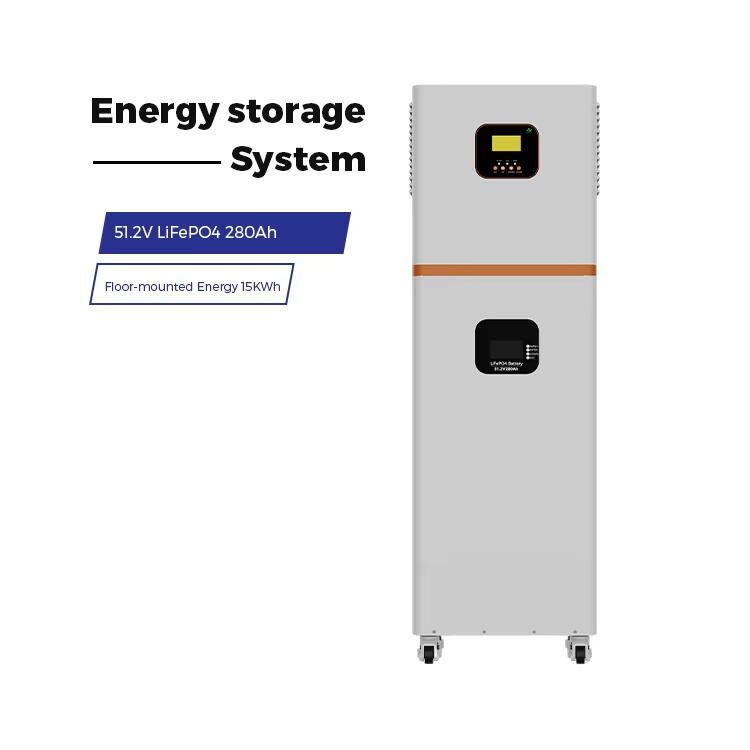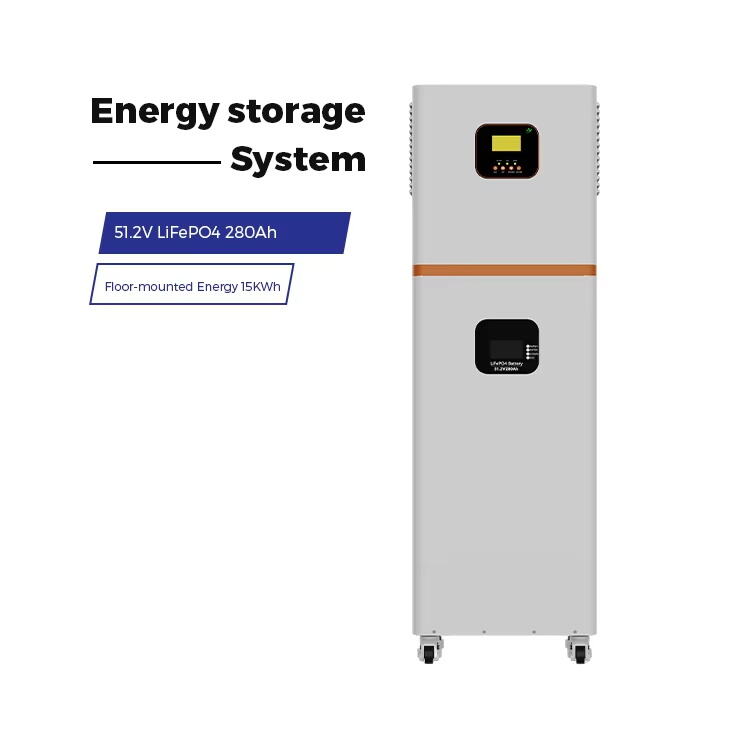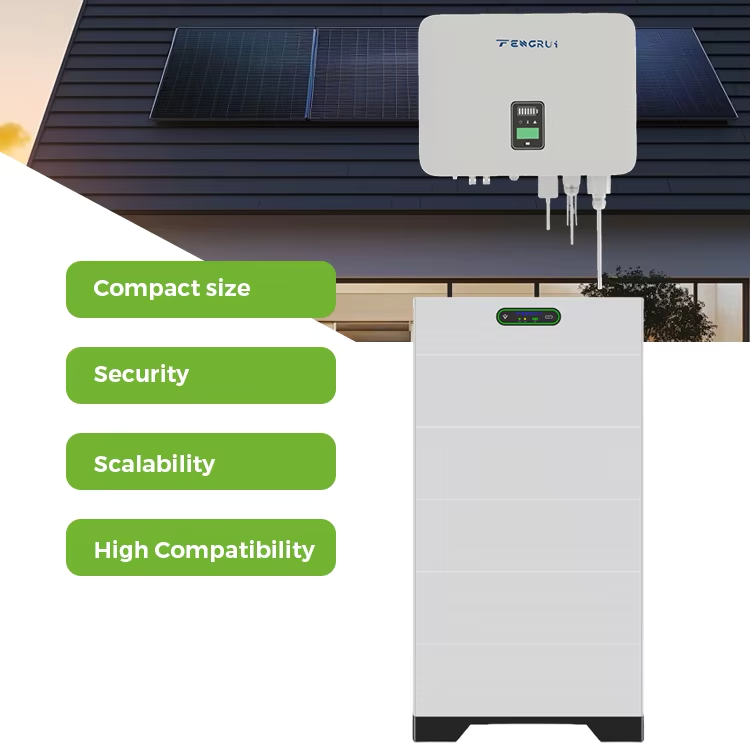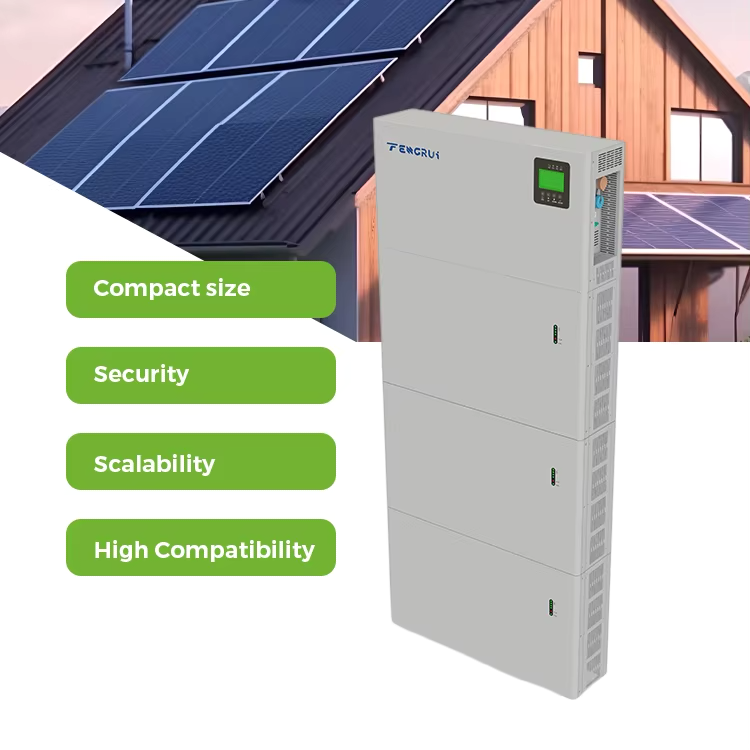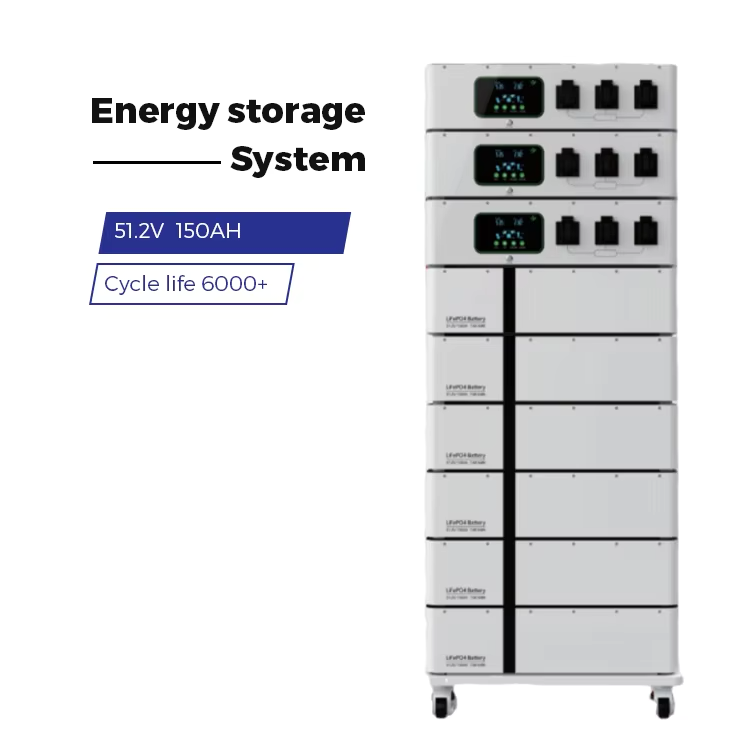electric power storage systems
Electric power storage systems represent a groundbreaking solution in modern energy management, serving as crucial infrastructure for maintaining reliable power supply and grid stability. These systems utilize advanced battery technology and sophisticated control mechanisms to capture, store, and distribute electrical energy efficiently. The primary function involves storing excess electricity during low-demand periods and releasing it when demand peaks, effectively balancing power grid operations. Contemporary storage systems employ various technologies, including lithium-ion batteries, flow batteries, and compressed air storage, each optimized for specific applications. These systems operate through a combination of power electronics, energy management software, and thermal regulation systems, ensuring optimal performance and longevity. In commercial and industrial settings, these systems provide backup power, peak shaving capabilities, and integration support for renewable energy sources. The technology has evolved to include smart features such as remote monitoring, predictive maintenance, and automated operation protocols. Modern storage systems can achieve round-trip efficiencies exceeding 85%, making them increasingly cost-effective for large-scale deployment. These systems play a vital role in grid modernization efforts, supporting the transition to renewable energy sources and enabling more reliable, sustainable power distribution networks.





